Since 1927, every day a group of calligraphers has been working tirelessly to create a handwritten daily newspaper called The Musalman.
Handicrafts
The Musalman was founded in 1927 by Urdu journalist and social activist Chenab Syed Azmathullah Sahi. At that time, India was still under British colonial rule and the independence movement was growing. The newspaper was established not only to provide news but also to connect and awaken the Urdu-speaking community in the patriotic movement.
The first article was published in the presence of Dr. Mukhtar Ahmed Ansari, then President of the Indian National Congress . Since then, The Musalman has been maintained as a family business. After Chenab Syed Azmathullah Sahi passed away, his son Syed Fazlullah took over.
Syed Fazlullah personally wrote the articles for The Musalman, assisted by three professional calligraphers known as katib and three reporters who searched for news. In 2008, Syed Fazlullah passed away and his nephew, Syed Arifullah, took over the responsibility of maintaining this special newspaper.
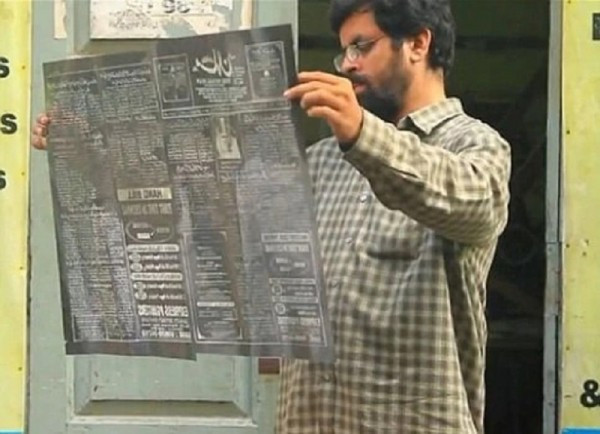
Today, The Musalman has correspondents across the country, including Hyderabad, Kolkata, Mumbai and New Delhi. It also has subscribers in all these places. The Musalman's readers are mainly Muslims, but there are also Hindus who know Urdu. Besides subscribers, other readers can also find The Musalman on street newsstands. In addition, The Musalman has always received support and contributions from many famous people such as religious leaders, writers and poets...
Writing for The Musalman is an art, and everyone in the group is passionate about it. Previously, to add the latest news, one had to rewrite the entire page. But now, there is always a blank space in the corner of the front page for such news, as long as it reaches the office before 3 p.m.
Unlike any modern newspaper, each page of The Musalman is handwritten in Urdu calligraphy. Four katibs sit side by side in a room measuring less than 80 square meters in an old building nestled in the shadow of the Wallajah Mosque in Chennai. Each person is responsible for one page, using traditional ink pens, rulers, and paper to meticulously copy out the daily news. Each page takes about three hours to complete. Once completed, the handwritten pages are photographed onto negatives and fed into offset printing machines (a technology that has been around since 1875, originating in England) to print thousands of copies.
The Musalman, a four-page daily newspaper, covers international news, national news, poetry, editorials, sports and community issues. The paper’s calligraphers include women – a rarity in the traditionally male-dominated profession of Urdu calligraphy. But their presence in The Musalman is also a testament to the harmony between social innovation and cultural preservation.
The newspaper was once praised by Prime Minister Indira Gandhi as a model of modern Indian culture. Foreign reporters from news agencies such as Wired, Al Jazeera, BBC… also visited the small office of The Musalman to find out why a handwritten newspaper can survive in the digital age.

Mission to preserve Urdu heritage
Until the 1980s, all Urdu newspapers followed the tradition of handwriting. And now, while other newspapers have adapted their printing processes to keep up with the digital technology that has dominated the international newspaper scene, The Musalman continues to maintain this traditional method. The paper is published every evening and is meticulously hand-crafted. Even many of the advertisements are hand-drawn, though they are often sent digitally.
Another thing worth noting is that Urdu is quite poetic, with a Perso-Arabic influence, and was once the language of the Mughal dynasties. After India gained independence and partitioned the country, Urdu was increasingly pushed to the margins of the mainstream language flow, especially in the southeastern states such as Tamil Nadu. Therefore, from the very beginning, The Musalman was not only an information product, but also a cultural manifesto, acting as a "living museum" for the art of Urdu writing.
Furthermore, calligraphy has a special place in the Muslim community in India because of its religious roots. The post of katib in the ancient world was a highly respected post. Therefore, writers or people who were very good at the art of writing and had achievements in the art of calligraphy were always highly regarded, even in the present era.

According to the katibs, writing Urdu is not just about recording language but also about meditation, a way to honor the holy Quran and preserve Muslim identity in a multicultural society. The staff at The Musalman believe in the newspaper, consider it a family and are willing to work until their last breath. The head of the katib team of The Musalman, Rehaman Hussein, shared in an interview with Khaleej Times: “Urdu is the language of the soul. Writing connects me to my ancestors and my faith. Calligraphy is the heart of The Musalman. If you take the heart out, there is nothing left.”
When asked why they didn’t switch to type or online publishing, generations of The Musalman leaders have the same answer: Handwriting is identity. “If everyone follows technology and no one preserves tradition, we will lose everything,” says Syed Arifullah, who now runs the newspaper. “We are not against digital, but we choose to be the custodians of cultural identity.” Since 2007, many proposals have been made to go digital, but Syed Arifullah has rejected them all. The newspaper still uses fax to receive news from reporters everywhere; there are no computers in the office, and handwritten manuscripts are kept as original manuscripts—a living cultural archive.

The challenges of survival
Today, The Musalman costs just 75 paisa (less than 1 rupee) and has a circulation of 20,000 to 21,000 copies a day. So how has The Musalman survived the digital revolution? The answer lies in a combination of three factors: minimal costs, a loyal community, and local advertising. The katibs are paid a modest salary of about 80 rupees per page, or just over 2,400 rupees a month (about $30). The office is minimalist: just a few ceiling fans, fluorescent lights, and an old offset printing press.
Advertising comes mainly from local shops, wedding events, pharmacies and community organizations. In addition, The Musalman receives informal support from the Tamil Nadu state government and especially from the Urdu community across the country, who see it as a cultural preservation rather than a mere journalistic product.
But despite its symbolic significance, The Musalman is facing many risks: a lack of successors due to the dwindling number of people who know how to write Urdu calligraphy; difficulties in training new katibs due to low salaries, long working hours and pressure to maintain the quality of writing; rising costs while the price of newspapers remains almost unchanged; competition from online newspapers as young readers increasingly turn to online news; the difficulty of the handwritten print newspaper model attracting new audiences without a flexible digital approach…
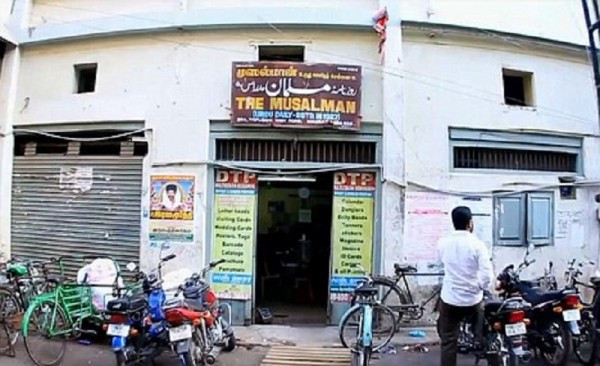
There are also some opinions that, in order to continue to exist, The Musalman should build a “parallel” model, that is, both handwritten and publishing electronic or PDF versions to reach young readers and international readers. Organizing calligraphy exhibitions, handwriting workshops, or raising cultural funds are also feasible directions.
However, regardless of the future, The Musalman still deserves to be honored as the embodiment of a living value, that in a world revolving by speed and convenience, there are still things that exist thanks to perseverance, love and faith in indigenous culture.
Source: https://baohatinh.vn/the-musalman-to-bao-viet-tay-cuoi-cung-tren-the-gioi-post290773.html


![[Photo] Prime Minister Pham Minh Chinh chairs conference on breakthrough solutions for social housing development](https://vphoto.vietnam.vn/thumb/1200x675/vietnam/resource/IMAGE/2025/10/24/1761294193033_dsc-0146-7834-jpg.webp)

![[Photo] Prime Minister Pham Minh Chinh and South African President Matamela Cyril Ramaphosa attend the business forum](https://vphoto.vietnam.vn/thumb/1200x675/vietnam/resource/IMAGE/2025/10/24/1761302295638_dsc-0409-jpg.webp)
![[Photo] President Luong Cuong chaired the welcoming ceremony and held talks with United Nations Secretary-General Antonio Guterres](https://vphoto.vietnam.vn/thumb/1200x675/vietnam/resource/IMAGE/2025/10/24/1761304699186_ndo_br_1-jpg.webp)
![[Photo] Solemn funeral of former Vice Chairman of the Council of Ministers Tran Phuong](https://vphoto.vietnam.vn/thumb/1200x675/vietnam/resource/IMAGE/2025/10/24/1761295093441_tang-le-tran-phuong-1998-4576-jpg.webp)

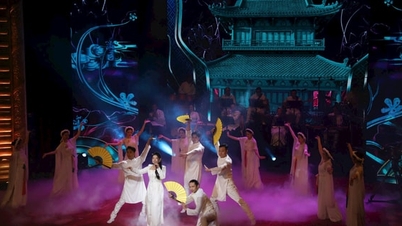























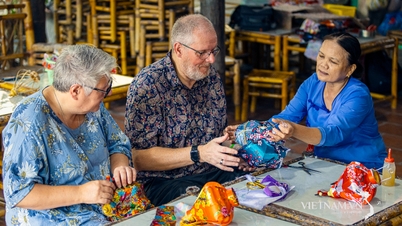

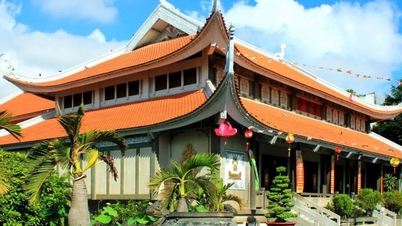




































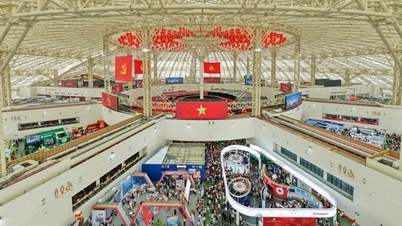

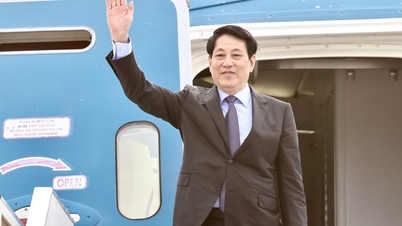
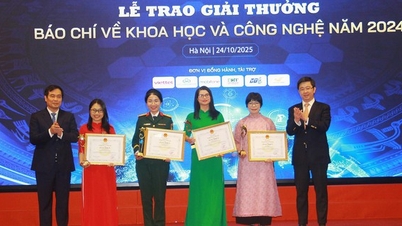





























Comment (0)